Guest writer: Anna Nilsson Spets
In Catholic Belgium there are many monasteries that are well worth visiting. Here we say abbey, and how to explain the difference between that and a monastery would take far too long. Most of our abbeys welcome visitors, have guided tours and beautiful hiking trails around them.
A short drive from where I live in Flanders is Postel, a monastic area I visit quite often.


At present, around 20 brothers/monks live in the monastery itself; the private part is not allowed to be visited. A number of brothers live in neighbouring homes.
The Norbertine Order runs the monastery in Postel.


The village itself dates back to the 12th century when it was an important hub for mail and other travellers. There were accommodation facilities and a place for prayer, and somewhat later the church was built, which is still in use today. The church itself is small and feels dark; the Norbertines have three prayer sessions a day.

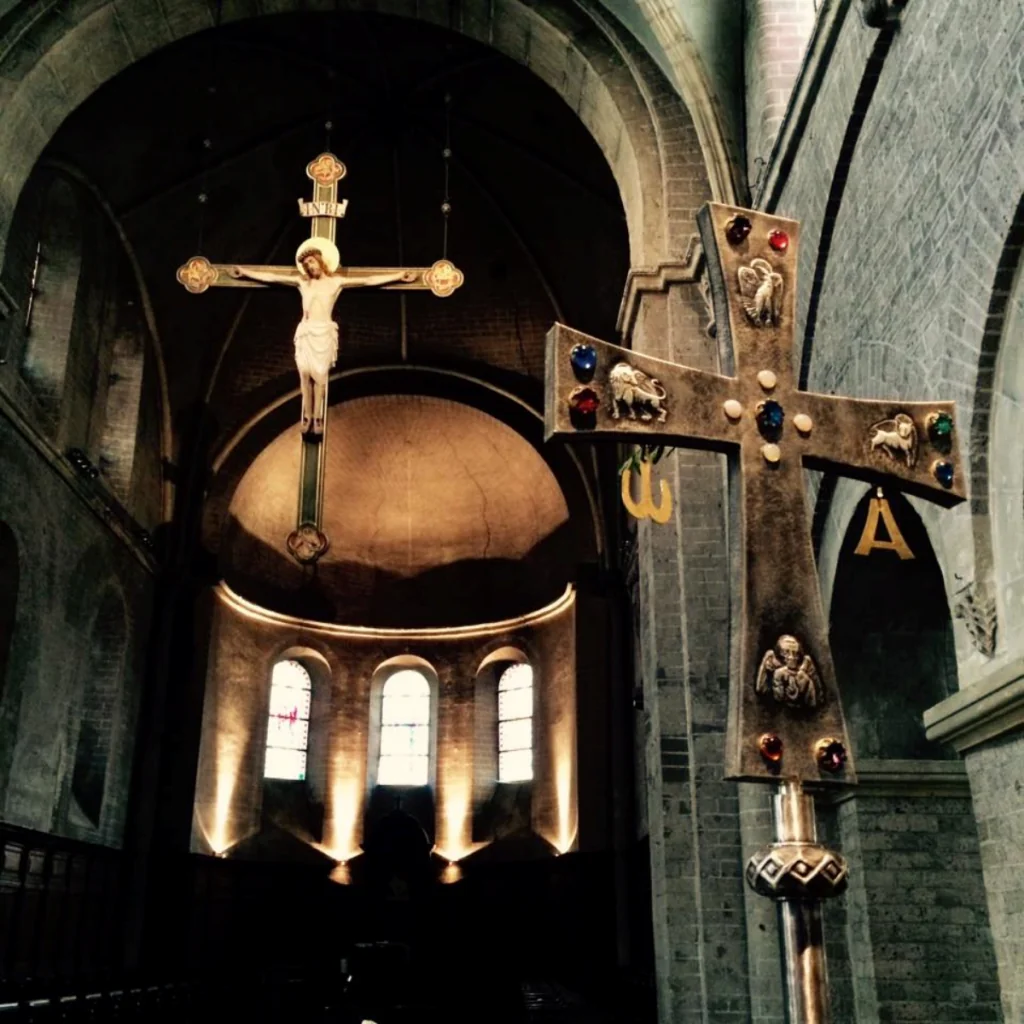
In the monastery area itself there are several interesting buildings from the 17th and 18th centuries. There is of course a library with over 100,000 books, the oldest of which dates from 1475.

The monastery also offers simple accommodation for those who want to get to know the Norbertine Order better. The only requirement of the monastery is to attend at least one prayer session a day.
The monastery has its own cheese production, the cheeses are sold together with different kinds of bread and sausages in the small monastery shop. Naturally, there will be a visit there and cheeses and Postel beer to take home.

However, the beer is not brewed there, unlike at other Belgian monasteries where they have their own production, such as Westvleeteren and Chimay. And even beer is a whole science, whether it is a Trappist beer or an Abbey beer.

At the far end of the monastery park is the herb garden created in the late 1940s.
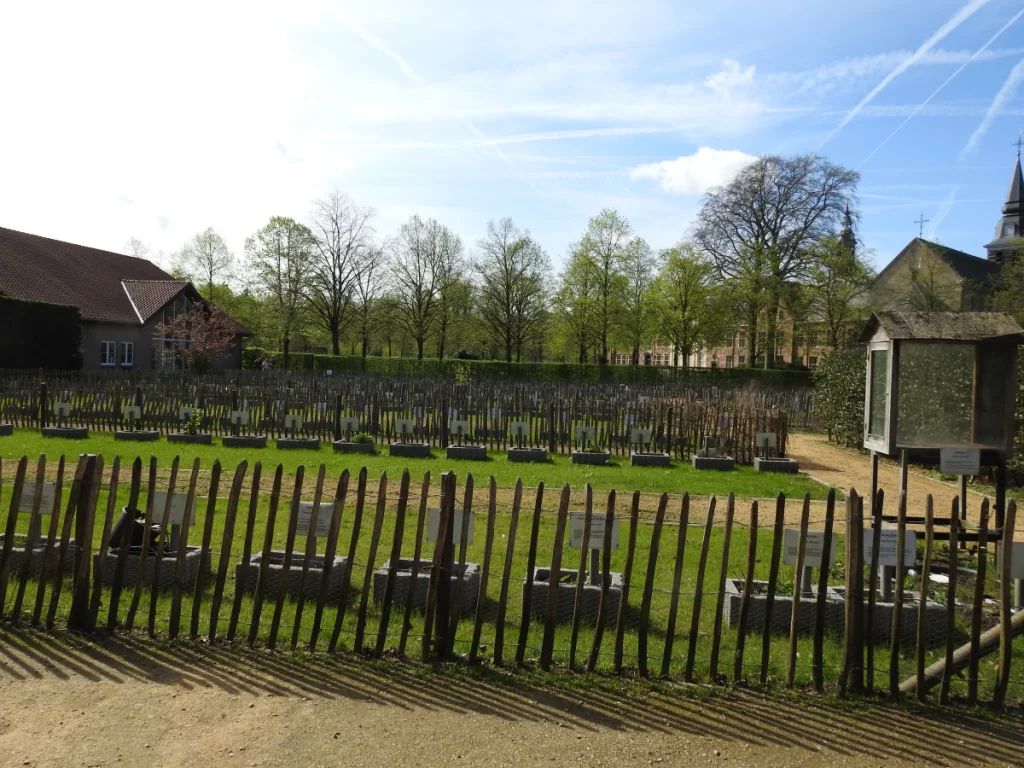
Right now the herb beds are bare, but in the summer they are full of different kinds of medicinal plants.



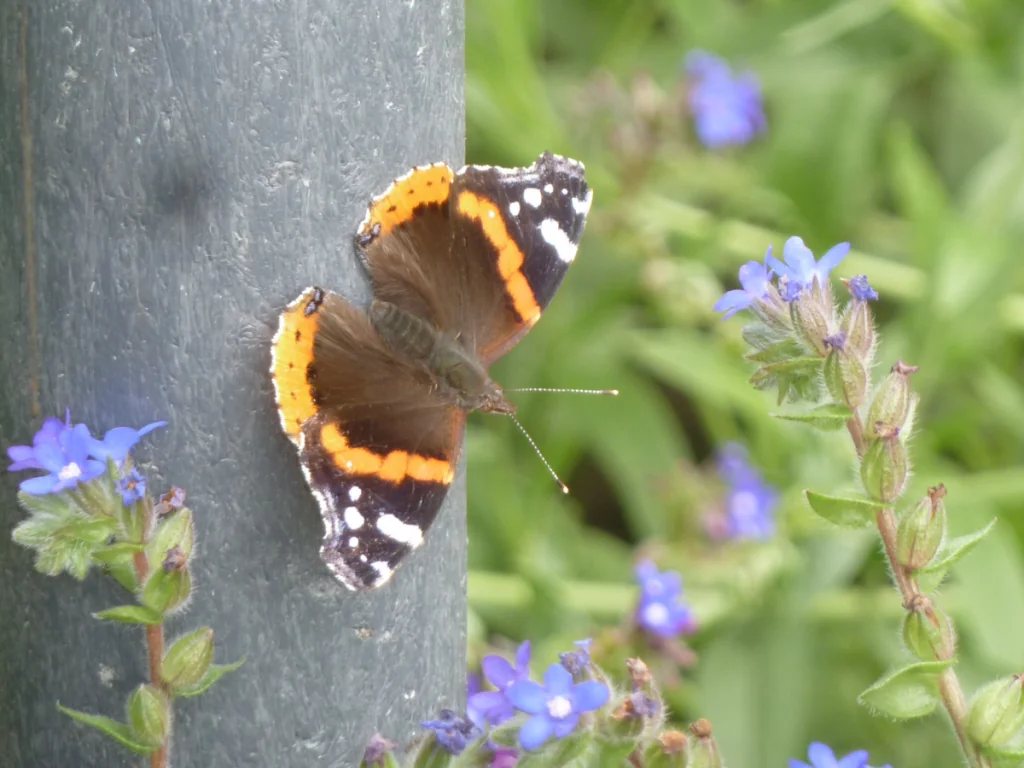
In the hives, life and work have awakened.
It also has its own production of various herb-related products such as essences, pills and soaps.

During the Middle Ages, the plague was rampant and infected people were locked up in the plague house. Behind the house was a pit where the deceased were covered with slaked lime.

Postel is a beautiful location with many great walking trails that are frequented by walkers, cyclists and horse riders at this time of year.

The beech forest was a sparkling bright green for the day and for our puppy Sally it was all a great adventure.

Adjacent to the monastery are two restaurants where you can either have a refreshing drink, a coffee and waffle or have a better dinner.
Postel has a website but unfortunately it is only in Dutch: Welcome - Postel Abbey
The tourist information page is in English. Postel Abbey - Tourism Mol


Photo: Anna Nilsson Spets and Astrid Nilsson


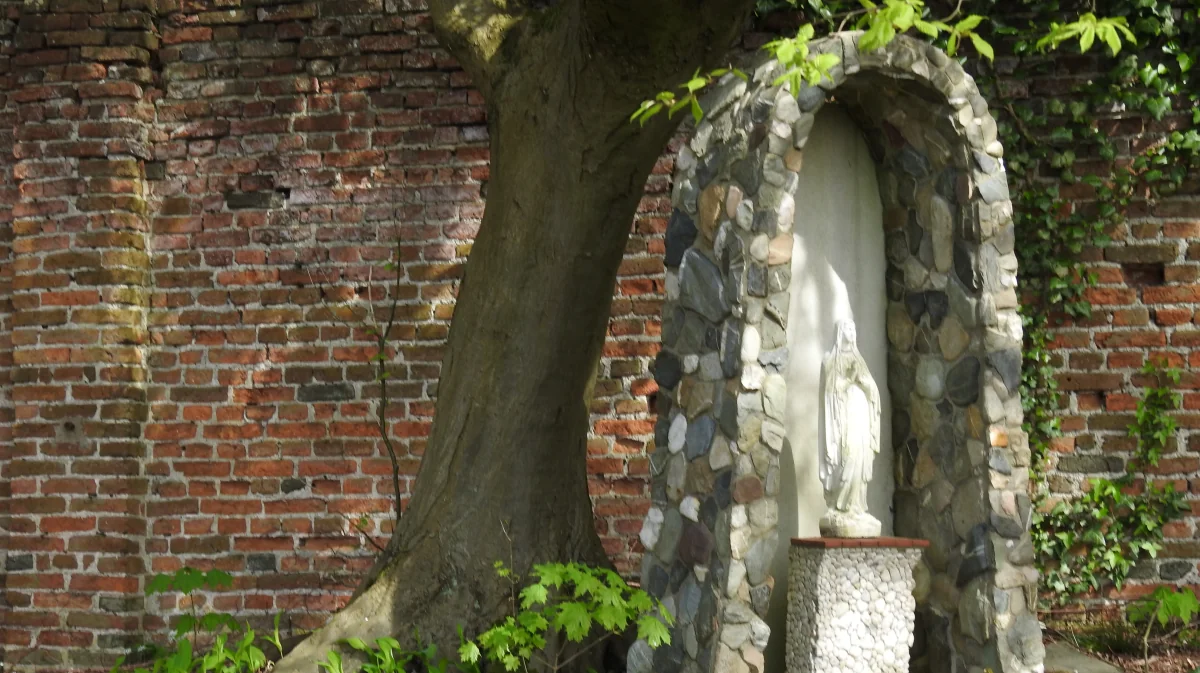






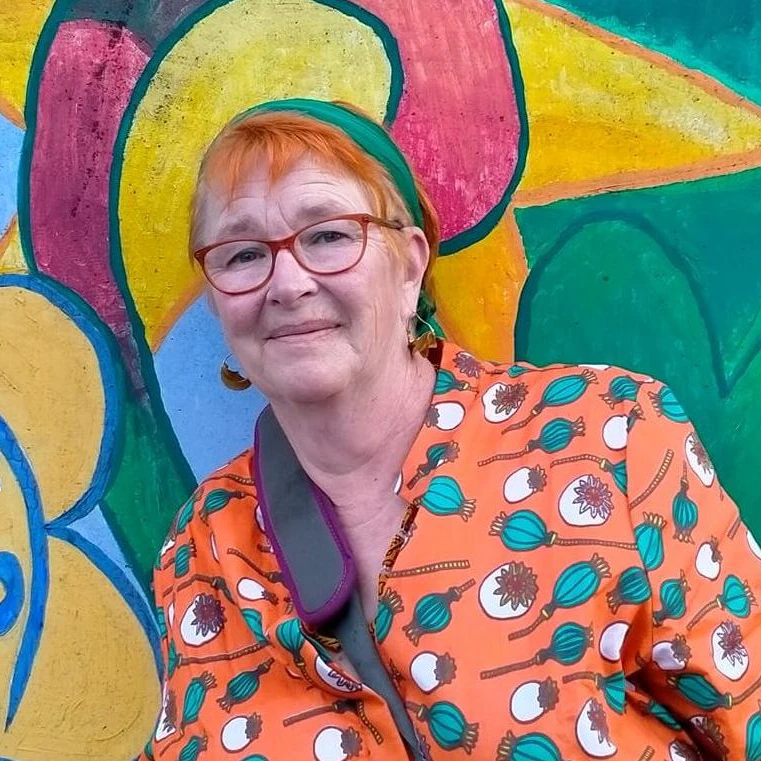
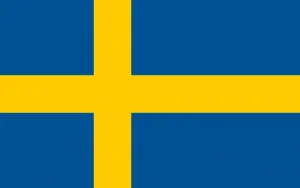
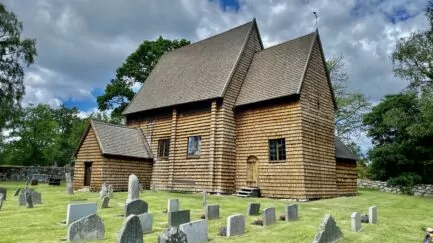
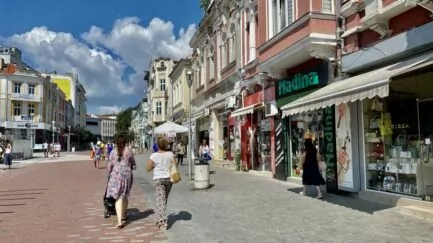
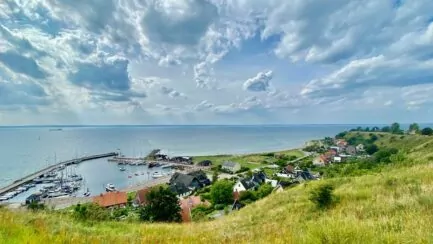
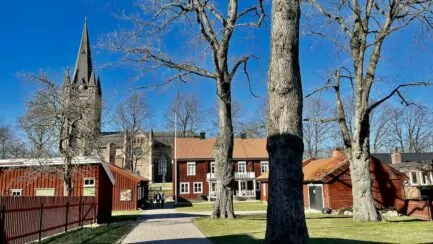
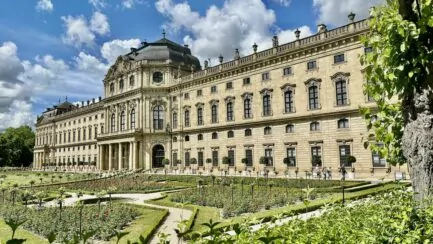
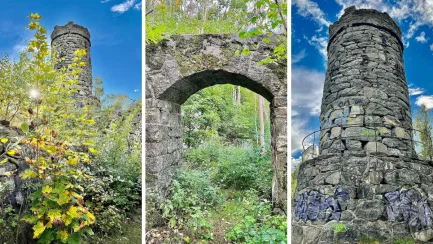



BP says:
So you have become with a dog. Hope you have someone who can/will be a dog sitter when you go to Africa, among other places;-)
I must admit that I have never visited a monastery. The closest thing to a monastery I can get here is the Birgitta sisters' monastery in "fiiiiine" Djusholm, but only nuns live there. Interesting that there are so many abbeys in Belgium. I wonder why, because Belgium is not soooooo Catholic, compared to Italy and Spain, for example...?
23 April 2024 - 20:28
Anna Nilsson Spets says:
Yes, Belgium is more quasi-Catholic, i.e. Catholicism is fundamental, people go to mass etc. but then continue to a bar. Many monasteries in the 50s and 60s also had boarding schools.
Sally is my ninth dog... well, in my life. Two months ago our two older dogs had to go to sleep, both within 5 weeks. Since I always travel alone and my partner is retired, the dog-sitting issue is solved. Take care.
24 April 2024 - 6:23